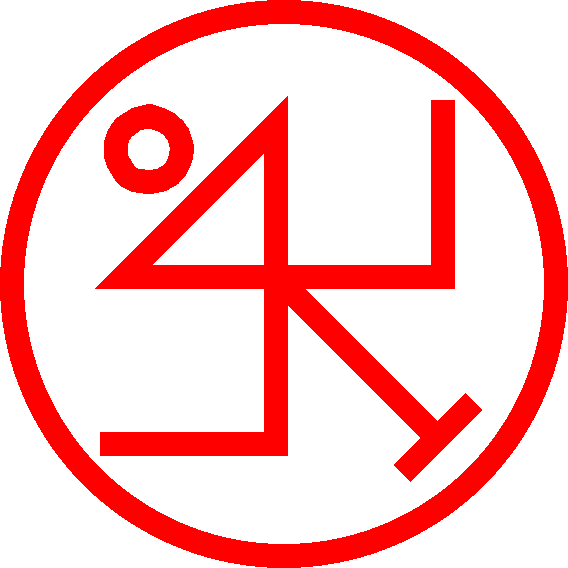| Esperanto is a “constructed”, “artificial”, or “planned” language first revealed to the world in 1887 in the book Dr. Esperanto’s International Language, published in Russian, Polish, German, and French that year. Yiddish and English translations were released in the next few years, and then other languages as well. |
Esperanto estas “konstruita”, “artefarita”, aŭ “planita” lingvo, unue publikigita je 1887 en la libro Internacia Lingvo de D-ro Esperanto, presita je rusa, pola, germana, kaj franca tiun jaron. Jida kaj angla tradukoj publikiĝis la sekvajn jarojn, kaj tiam aliaj lingvoj ankaŭ. |
| “Dr. Esperanto” (meaning “one who hopes” in the language) was the pseudonym of Dr. L. L. Zamenhof, a Polish-Jewish ophthalmologist, who held a lifelong desire for humanity to put aside its differences and achieve fraternal goodwill and understanding. He felt that a common language would be invaluable in achieving that goal, and invented Esperanto. |
“D-ro Esperanto” estis la kaŝnomo de D-ro L. L. ZAMENHOF, pola-juda okulisto, kiu vivlonge deziris, por ke homaro fraterne kaj komprene unuiĝus. Li opiniis, ke komuna lingvo estus helpega por tiu celo, kaj tial li iniciis Esperanton. |
| Though it hasn’t brought about universal peace and kindness, Esperanto is probably the most widely-spoken planned language in history, with a million or so speakers in the world today. And the Internet has made it easier than ever to learn the language and discover others who speak it. |
Kvankam ĝi ne igis tutmondan pacon kaj afablecon, Esperanto verŝajne estas la plej parolita planlingvo iam ajn; pli aŭ malpli unu miliono da homoj parolas ĝin hodiaŭ. Kaj la interreto faciligas, pli ol iam ajn, por lerni la lingvon, kaj por renkonti aliajn Esperantistojn. |
| You can learn much more about the history of the language elsewhere on the Internet. My goal here is to collect some convenient links for beginning and intermediate speakers of the language, and to host my own modest contributions to Esperanto learning and culture. |
Vi povas lerni multe plu pri la historio de l’ lingvo aliloke je la interreto. Ĉi tie mi celas kolekti iujn oportunajn ligilojn por komencantoj kaj progresantoj, kaj por afiŝi miajn proprajn modestajn kontribuojn al esperanta lernado kaj kulturo. |
